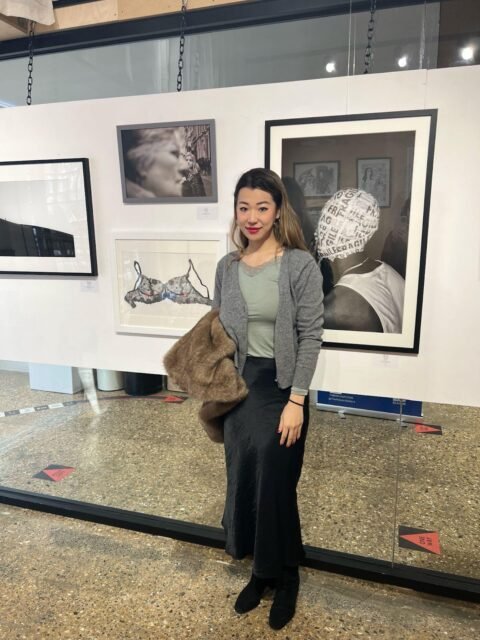A new digital catalog raisonné will document the creative output of artist Florine Stettheimer, who imbued a theatrical whimsy into her intimate paintings of high society life in New York. Art historian Barbara Bloemink, Stettheimer’s biographer, will lead the project which will be published in the next two years and made freely accessible to the public through the Wildenstein Plattner Institute (WPI). The nonprofit has previously embarked on similar projects for artists Romare Bearden and Jasper Johns, among others.
“A critical investigation of Stettheimer’s corpus is long overdue,” said WPI Executive Director Elizabeth Gorayeb in a statement, pointing to renewed interest in her practice and increased demand for artworks by women artists.

Stettheimer is celebrated not only for her compositions depicting friends and loved ones enjoying the opulence and culture of the Big Apple, but also for proudly breaking down social barriers through her practice and for the materiality and craft of her theatrical stage and costume designs. The artist was one of five siblings born to a wealthy German-Jewish family in Rochester, New York, in 1871. She grew up in a matriarchal household and her mother, Rosetta, raised her children in Europe for a large portion of Florine’s childhood.
Growing up, Stettheimer was deeply attuned to her creative side and received formal art instruction in Stuttgart, Germany, from the ages of 10 to 15, and then at the Art Students League in New York through her early 20s. Having been exposed to fine arts and culture throughout Europe, especially Paris, the artist took a special liking to the French avant-garde scene as well as stage design, devoting time to both avenues before returning once again to New York in 1914.

In the city, Stettheimer and her sisters, Ettie and Carrie, became quite popular as salon hosts in Manhattan — their informal gatherings attended by the luminaries at the time were viewed as relatively progressive as a sanctuary for LGBTQ+ artists and friends, and instrumental to the Jazz Age as well. Committed to subverting the status quo, Stettheimer herself shattered barriers through her groundbreaking nude self-portrait in 1915, depicting the artist recumbent and smiling without looking directly at the viewer, holding an extravagant bouquet; the scene bears a striking resemblance to Édouard Manet’s “Olympia” (1863). This was among the first works of its kind by a woman artist at the time — a striking move in agency and flouting social boundaries.

Stettheimer is also known for her rich theatrical design for Gertrude Stein and Virgil Thomson’s opera Four Saints in Three Acts (1934), and in her later years, her painted odes to New York’s cultural institutions and bustling streets in her Cathedrals series.
Bloemink’s project has been 25 years in the making and will chronicle Stettheimer’s iconic works, such as “A Model (Nude Self-Portrait)” (1915) and “Asbury Park South” (1920), a rendering of the artist and her friends with Black beachgoers at the then-segregated New Jersey beach. The catalog raisonné will also center early sketches, rare works held in private collections, and Stettheimer’s set designs and furniture pieces.
Per her dying request, much of Stettheimer’s work resides in institutional collections across the nation. Accordingly, the WPI has reiterated its commitment to ensuring free public access to her digital catalog raisonné.




